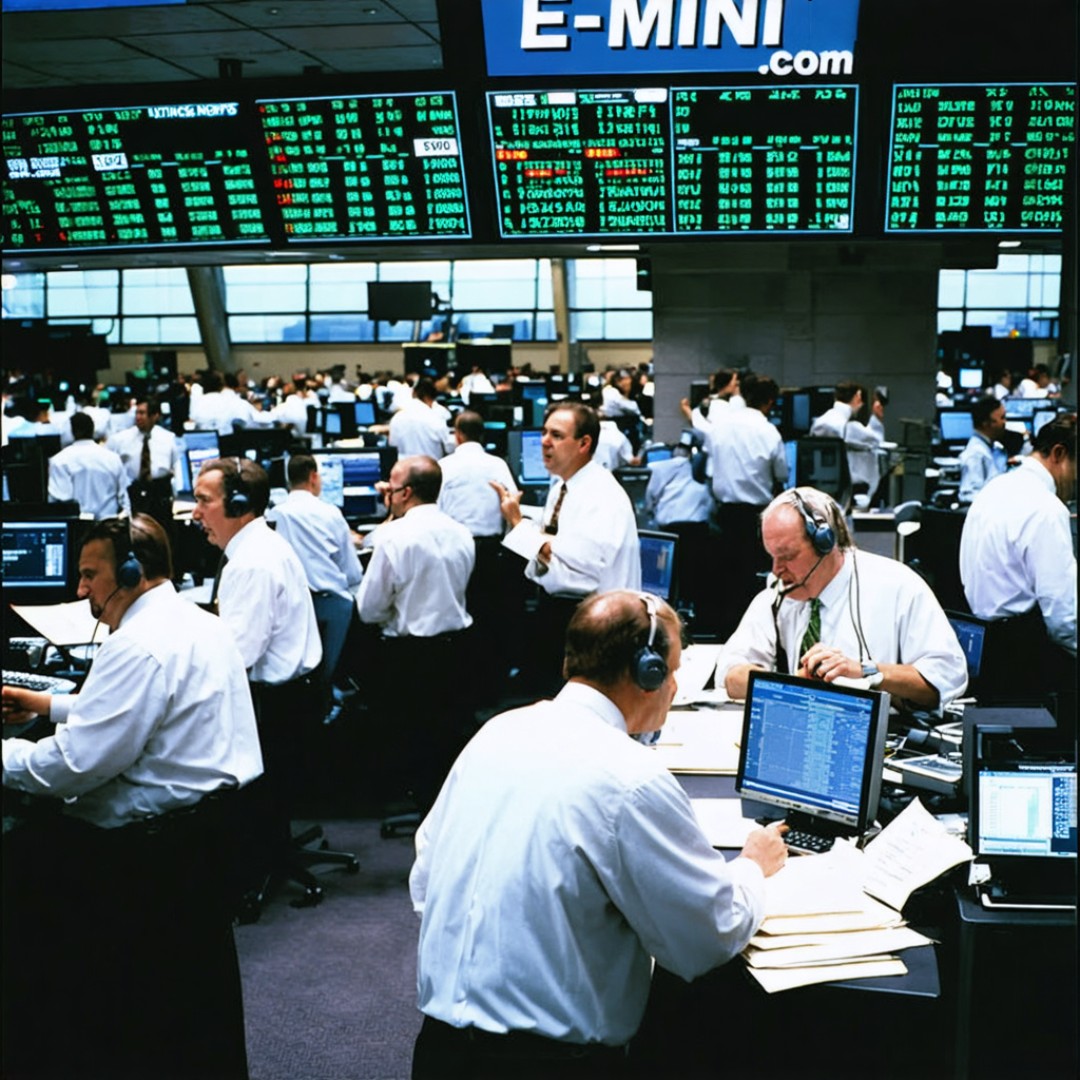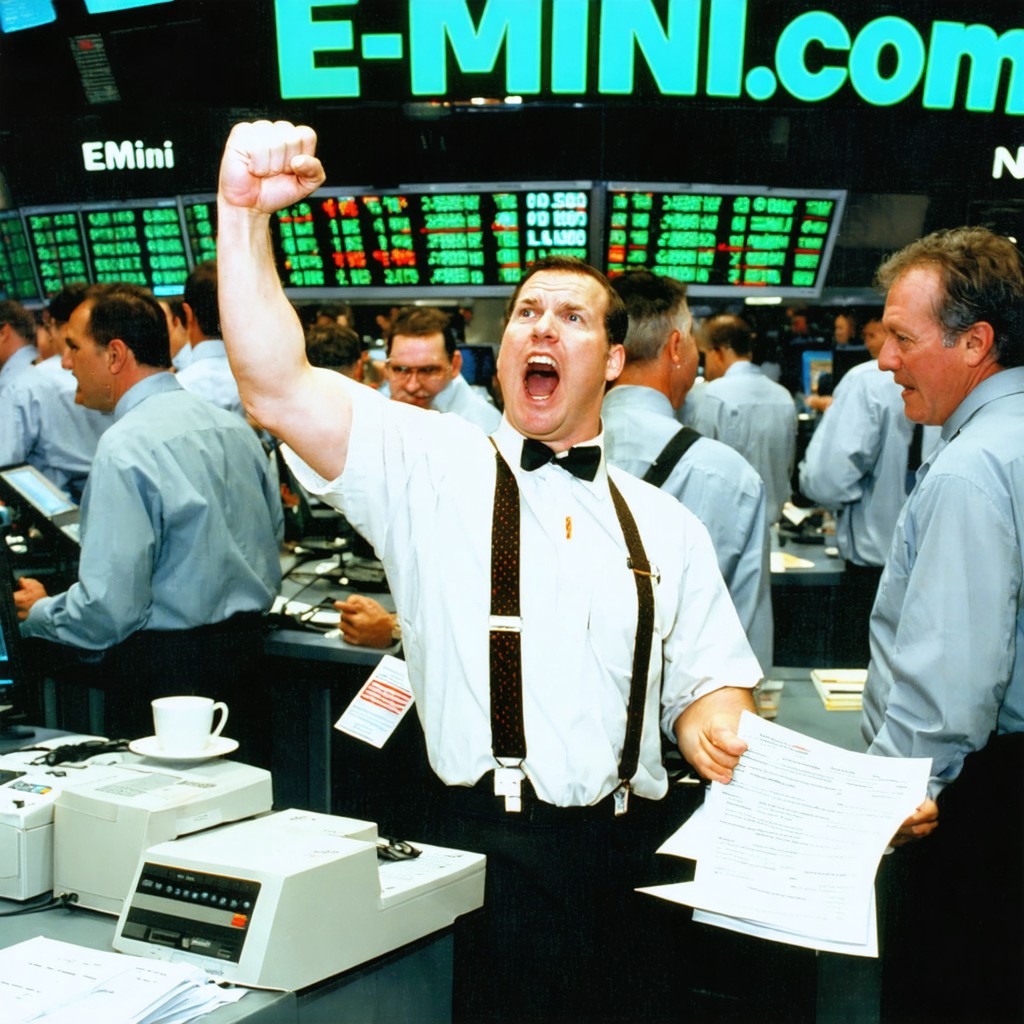Crude Oil Futures USA
Crude oil futures are one of the most actively traded commodities in the global markets. These futures contracts allow traders to buy and sell a specific quantity of crude oil at a predetermined price on a future delivery date. Trading crude oil futures can offer substantial opportunities for profit, but it also involves significant risk. This book aims to provide a comprehensive guide to understanding and trading crude oil futures, covering everything from market fundamentals to advanced trading strategies.
Crude oil futures are standardized contracts traded on commodity exchanges, such as the New York Mercantile Exchange (NYMEX) and the Intercontinental Exchange (ICE). These contracts specify the delivery of a certain amount of crude oil (typically 1,000 barrels) at a future date and at a specified price.
Key Crude Oil Futures Contracts
- West Texas Intermediate (WTI) Crude Oil Futures: Traded on the NYMEX, WTI is the benchmark for U.S. crude oil prices.
- Brent Crude Oil Futures: Traded on the ICE, Brent is the benchmark for international crude oil prices.
Advantages of Trading Crude Oil Futures
- High Liquidity: Crude oil futures are among the most liquid futures contracts, ensuring ease of entry and exit for traders.
- Leverage: Futures contracts allow traders to control a large amount of crude oil with a relatively small margin deposit, amplifying potential profits (and losses).
- Diversification: Adding crude oil futures to a portfolio can provide diversification, as crude oil prices often move independently of other asset classes.
- Hedging: Producers, consumers, and investors use crude oil futures to hedge against price fluctuations in the physical crude oil market.
Getting Started with Crude Oil Futures Trading
Setting Up Your Trading Account
To trade crude oil futures, you need to open an account with a futures broker. Here are the steps involved:
- Choose a Broker: Select a reputable futures broker that offers access to crude oil futures markets. Look for brokers with robust trading platforms, competitive commissions, and strong customer support.
- Complete the Application: Fill out the broker’s application form, providing necessary personal and financial information. You’ll also need to agree to the broker’s terms and conditions.
- Fund Your Account: Deposit funds into your trading account. Ensure you meet the minimum deposit requirements set by the broker.
- Familiarize Yourself with the Platform: Spend time learning how to use the broker’s trading platform. Most brokers offer demo accounts where you can practice trading without risking real money.
Oil Futures Contracts – Details
Before placing your first trade, it’s crucial to understand the specifications of crude oil futures contracts. Key contract specifications include:
- Contract Size: The standard contract size for WTI and Brent crude oil futures is 1,000 barrels.
- Tick Size: The minimum price movement for WTI and Brent crude oil futures is $0.01 per barrel, which equates to $10 per contract.
- Trading Hours: Crude oil futures trade nearly 24 hours a day, five days a week.
- Expiration Date: Crude oil futures contracts have monthly expiration dates. It’s essential to be aware of the contract’s expiration to avoid unwanted physical delivery.
Market Fundamentals
Supply and Demand Dynamics
Crude oil prices are heavily influenced by supply and demand dynamics. Understanding these factors is crucial for successful trading.
Supply Factors
- Production Levels: Changes in crude oil production by major producers, such as OPEC (Organization of the Petroleum Exporting Countries) and the United States, can significantly impact prices.
- Geopolitical Events: Political instability, conflicts, and sanctions in key oil-producing regions can disrupt supply and cause price volatility.
- Inventory Levels: Crude oil inventories, particularly in the United States, provide insights into supply levels. Higher inventories generally indicate lower prices, and vice versa.
Demand Factors
- Economic Growth: The demand for crude oil is closely tied to global economic growth. Strong economic growth leads to higher demand for energy and crude oil.
- Seasonal Demand: Seasonal factors, such as higher demand for heating oil in winter and gasoline in summer, can influence crude oil prices.
- Technological Advances: Advances in technology, such as improvements in fuel efficiency and the development of alternative energy sources, can affect long-term demand for crude oil.
Key Economic Indicators
Several economic indicators can provide insights into future crude oil prices:
- Gross Domestic Product (GDP): Strong GDP growth indicates a healthy economy and higher demand for crude oil.
- Industrial Production: Increases in industrial production typically lead to higher energy consumption and crude oil demand.
- Consumer Confidence: High consumer confidence suggests increased spending and economic activity, boosting crude oil demand.
- Inflation Rates: Rising inflation can lead to higher crude oil prices, as commodities often serve as a hedge against inflation.
Technical Analysis
Chart Patterns and Technical Indicators
Technical analysis involves studying historical price charts and using various indicators to predict future price movements. Key chart patterns and indicators for crude oil futures trading include:
Chart Patterns
- Head and Shoulders: This pattern indicates a potential reversal of the current trend. It consists of a peak (head) between two smaller peaks (shoulders).
- Double Top/Bottom: A double top is a bearish reversal pattern, while a double bottom is a bullish reversal pattern. They occur when the price tests a level twice before reversing.
- Triangles: Triangles, such as ascending, descending, and symmetrical, indicate potential continuation or reversal patterns based on the direction of the breakout.
Technical Indicators
- Moving Averages: Moving averages, such as the Simple Moving Average (SMA) and Exponential Moving Average (EMA), help identify trends and potential entry/exit points.
- Relative Strength Index (RSI): The RSI measures the speed and change of price movements, indicating overbought or oversold conditions.
- Moving Average Convergence Divergence (MACD): The MACD is a trend-following indicator that shows the relationship between two moving averages of a security’s price.
- Bollinger Bands: Bollinger Bands consist of a moving average and two standard deviations above and below it, indicating volatility and potential overbought/oversold conditions.
Developing a Trading Plan
A well-defined trading plan is crucial for success in crude oil futures trading. Key components of a trading plan include:
- Risk Management: Determine your risk tolerance and set appropriate stop-loss levels to limit potential losses.
- Position Sizing: Calculate the appropriate position size based on your account size and risk tolerance.
- Entry and Exit Criteria: Define the conditions under which you will enter and exit trades. This can be based on technical indicators, chart patterns, or fundamental analysis.
- Trade Management: Develop a plan for managing trades once they are open, including adjusting stop-loss levels and taking profits.
Trading Strategies
Day Trading
Day trading involves opening and closing positions within the same trading day, aiming to profit from short-term price movements. Key day trading strategies for crude oil futures include:
- Scalping: This strategy involves making numerous small trades to capture minor price fluctuations. Scalpers typically hold positions for just a few seconds to a few minutes.
- Momentum Trading: Momentum traders aim to capitalize on strong price movements in the direction of the prevailing trend. They look for high-volume trades and breakouts from key levels of support or resistance.
- Range Trading: Range traders identify price ranges within which crude oil is trading and attempt to buy at the lower end of the range and sell at the upper end.
Swing Trading
Swing trading involves holding positions for several days to weeks, aiming to profit from medium-term price movements. Swing traders often use technical analysis to identify trends and reversals. Key swing trading strategies include:
- Trend Following: This strategy involves identifying and trading in the direction of the prevailing trend. Traders use moving averages and other trend indicators to determine entry and exit points.
- Reversal Trading: Reversal traders look for signs that a current trend is about to reverse. They use technical indicators such as the Relative Strength Index (RSI) and moving average convergence divergence (MACD) to identify potential reversal points.
Position Trading
Position trading involves holding positions for several weeks to months, aiming to profit from long-term trends. Position traders often use fundamental analysis in addition to technical analysis. Key position trading strategies include:
- Fundamental Analysis: This strategy involves analyzing economic indicators, earnings reports, and other fundamental data to make long-term trading decisions.
- Technical Analysis: Position traders also use technical analysis to identify long-term trends and potential entry and exit points.
Risk Management in Crude Oil Futures Trading
Effective risk management is crucial for long-term success in crude oil futures trading. Key risk management techniques include:
- Setting Stop-Loss Orders: A stop-loss order is an order to sell a position when it reaches a certain price, limiting potential losses. Always use stop-loss orders to protect your capital.
- Position Sizing: Determine the appropriate position size based on your risk tolerance and account size. Never risk more than a small percentage of your account on a single trade.
- Diversification: Diversify your trades across different crude oil futures contracts and other asset classes to reduce risk.
- Regular Review: Regularly review your trading performance and adjust your strategies as needed. Keep a trading journal to track your trades and identify areas for improvement.
Trading Platforms and Tools
Choosing the Right Platform
Selecting the right trading platform is crucial for successful crude oil futures trading. Look for platforms that offer:
- Real-Time Data: Accurate and up-to-date market data is essential for making informed trading decisions.
- Advanced Charting Tools: Comprehensive charting tools allow you to analyze price movements and identify trends and patterns.
- Order Types: Ensure the platform supports various order types, including market, limit, stop-loss, and trailing stop orders.
- User-Friendly Interface: A user-friendly interface ensures that you can navigate the platform easily and execute trades efficiently.
Utilizing Trading Tools
- Technical Indicators: Use technical indicators such as moving averages, Bollinger Bands, and Fibonacci retracements to identify trading opportunities.
- Economic Calendars: Keep track of important economic events and announcements that could impact the markets.
- Risk Management Tools: Utilize tools such as risk calculators and position size calculators to manage your risk effectively.
Education and Training
Continuous education is essential for success in crude oil futures trading. Take advantage of the educational resources offered by your broker, including:
- Webinars: Attend live and recorded webinars to learn about trading strategies, market analysis, and risk management.
- Articles and Tutorials: Read articles and tutorials on various aspects of futures trading.
- Demo Accounts: Practice trading with a demo account to build your skills and confidence without risking real money.
Crude oil futures trading offers numerous opportunities for traders of all levels. With high liquidity, leverage, and extended trading hours, crude oil futures provide a versatile and accessible way to participate in the commodities markets. By understanding the contract specifications, implementing effective trading strategies, and practicing sound risk management, you can navigate the exciting world of crude oil futures trading with confidence. Whether you’re a day trader, swing trader, or position trader, crude oil futures can be a valuable addition to your trading arsenal.
Ready to start trading futures? Call US 1(800)454-9572 – Int’l (310)859-9572 email info@e-mini.com and speak to one of our experienced, Series-3 licensed futures brokers and start your futures trading journey with E-Mini.com today.
Disclaimer – Trading Futures, Options on Futures, and retail off-exchange foreign currency transactions involves substantial risk of loss and is not suitable for all investors. Past performance is not indicative of future results. You should carefully consider whether trading is suitable for you in light of your circumstances, knowledge, and financial resources. You may lose all or more of your initial investment. Opinions, market data, and recommendations are subject to change at any time.
Important: Trading commodity futures and options involves a substantial risk of loss. The recommendations contained in this writing are of opinion only and do not guarantee any profits. This writing is for educational purposes. Past performances are not necessarily indicative of future results.
**This article has been generated with the help of AI Technology. It has been modified from the original draft for accuracy and compliance.
***@cannontrading on all socials.







